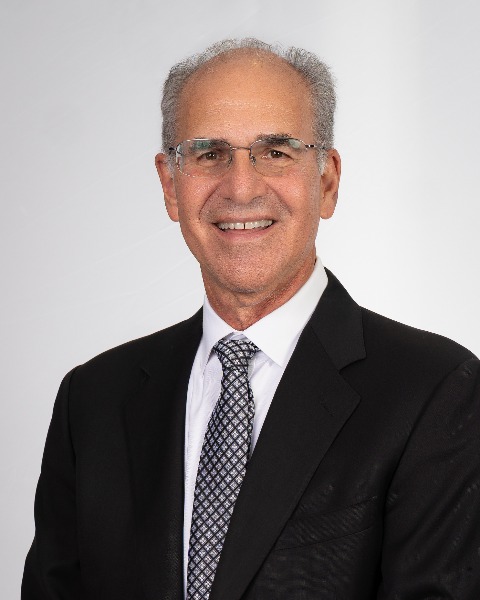Minimally Invasive/Motion Preservation
Clinical Outcome of Lumbar Total Disc Replacement In Patients More Than 60 Years of Age
Friday, February 21, 2025

Richard D. Guyer, MD
Co-founder
Center for Disc Replacement at Texas Back Institute
Plano, TX, US
Presenting Author(s)
Introduction: There is little information available on lumbar total disc replacement (TDR) in patients more than 60 years of age. There were concerns of the safety of anterior approach in older patients and of motion preserving devices as patients age. The purpose of this study was to investigate clinical outcomes in patients aged >60 years at the time of lumbar TDR surgery and also of those who became >60 years old in long-term follow-up.
Methods: Records were reviewed to identify two subsets of patients: 1) those who were >60 years of age at the time of TDR surgery, and 2) those who became more than >60 years of age during long-term follow-up. Data collected included visual analog scales (VAS) separately assessing back and leg pain, Oswestry Disability Index (ODI), and re-operations.
Results: There were 36 patients who underwent TDR at >60 years of age (mean follow-up 90.5 months). An additional 127 patients were younger at the time of TDR and became >60 years old during long-term follow-up (mean 147.5 months). There were statistically significant improvements (all p< 0.01) in VAS back pain scores (>60 years old at surgery: 6.2 to 3.6; >60 during follow-up 6.8 to 3.1) and ODI scores (>60 years at surgery 41.2 to 29.2; >60 during follow-up 45.2 to 24.8). Mean leg pain scores improved in both groups, but statistically significantly so in the group >60 years of age at long-term follow-up. In the group of patients >60 years old at the time of TDR surgery, there were no cases of TDR removal or revision. In the group of patients who became >60 during long-term follow-up, there were 3 (2.4%) re-operations involving anterior removal or revision surgery.
Conclusion : These results support that TDR can produce good outcomes in older patients without diminution of results with aging. Of note, there were no fractures occurring in long-term follow-up, which was originally a potential concern with these motion preserving implants. Older patients merit more detailed evaluation of facet joints and possible calcification of vessels anterior to the spine. If patients meet indications, they should not be excluded from TDR based only on age.
Methods: Records were reviewed to identify two subsets of patients: 1) those who were >60 years of age at the time of TDR surgery, and 2) those who became more than >60 years of age during long-term follow-up. Data collected included visual analog scales (VAS) separately assessing back and leg pain, Oswestry Disability Index (ODI), and re-operations.
Results: There were 36 patients who underwent TDR at >60 years of age (mean follow-up 90.5 months). An additional 127 patients were younger at the time of TDR and became >60 years old during long-term follow-up (mean 147.5 months). There were statistically significant improvements (all p< 0.01) in VAS back pain scores (>60 years old at surgery: 6.2 to 3.6; >60 during follow-up 6.8 to 3.1) and ODI scores (>60 years at surgery 41.2 to 29.2; >60 during follow-up 45.2 to 24.8). Mean leg pain scores improved in both groups, but statistically significantly so in the group >60 years of age at long-term follow-up. In the group of patients >60 years old at the time of TDR surgery, there were no cases of TDR removal or revision. In the group of patients who became >60 during long-term follow-up, there were 3 (2.4%) re-operations involving anterior removal or revision surgery.
Conclusion : These results support that TDR can produce good outcomes in older patients without diminution of results with aging. Of note, there were no fractures occurring in long-term follow-up, which was originally a potential concern with these motion preserving implants. Older patients merit more detailed evaluation of facet joints and possible calcification of vessels anterior to the spine. If patients meet indications, they should not be excluded from TDR based only on age.

.jpg)